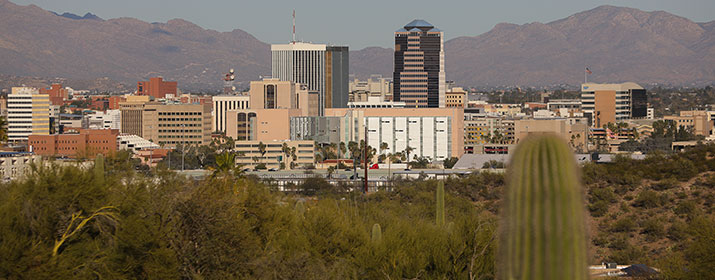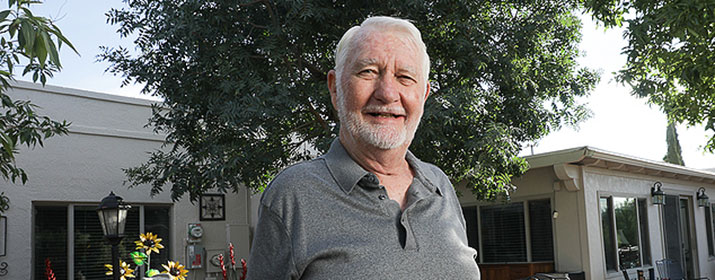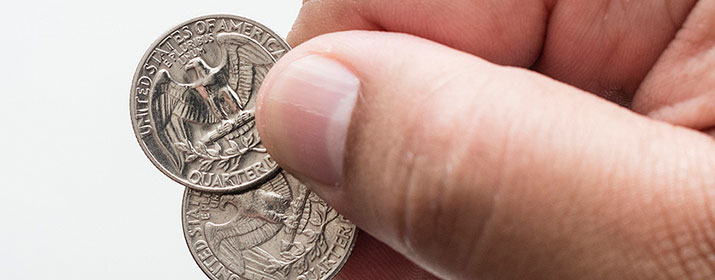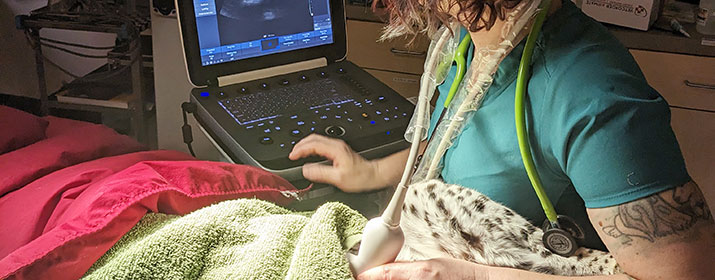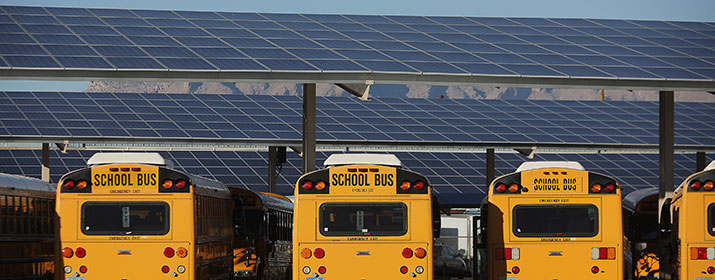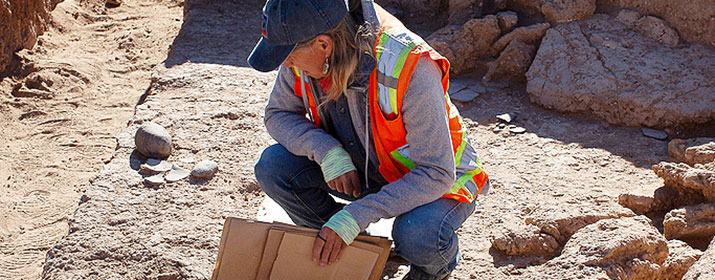
Our region is one of the oldest continuously inhabited areas in the country. That’s why TEP works closely with state officials to preserve and protect sensitive cultural resources when we’re adding investments to our local electric grid.
We avoid locations with cultural resources to the degree possible. But when we must work in areas that might contain historic artifacts, we work with experts in the field to determine the best way to preserve them.
Archaeologists, for example, are excavating remnants of Hohokam sites as part of preparations for a TEP transmission line project in the Marana area.
In fall 2024, TEP consultants investigated subsurface remains of prehistoric era pit houses and other features dating back to between years 650 and 1450 (about 573-1,374 years ago) along the project’s alignment. Through their work, archaeologists are recording and preserving the history of the location.
This is one of many archaeological sites that TEP contractors have examined over the years. TEP and other builders in sensitive areas must comply with the National Historic Preservation Act and the State Historic Preservation Act, which govern the treatment of prehistoric and historic cultural resources.
In addition to complying with those requirements, TEP consults with the Arizona State Historic Preservation Office and with the Arizona State Museum to preserve and document any archaeological sites that are found.
Archaeological consultants and Arizona State Museum officials contact affiliated Tribal communities’ representatives for direction prior to the recovery of any remains that might be found.
For the most recent project, TEP has contracted with archaeologists and researchers of SWCA Environmental Consultants for work on the 64-mile Vail to Tortolita Transmission Line. In a joint project with the Western Area Power Administration, TEP is replacing the line and interconnecting to the electric grid to strengthen reliability and serve growing needs.
In spring 2022, TEP began the archaeological survey that will eventually inform a historic properties treatment plan that will govern future construction. This has involved continuing consultation and coordination with a variety of interested parties, including Tribal nations, private landowners and the Bureau of Land Management, said Crystal Dillahunty, TEP Environmental and Land Use Planner.
Researchers look for surface evidence of artifacts, such as ash, soil stains and fire-affected rocks, so that they can return to investigate further. After historical structures are investigated and recorded, the sites are backfilled with the same soil that was excavated and ground surface is brought back to level.
Construction then can proceed in those locations. A cultural monitor will be onsite during construction for observance and treatment of any discoveries.
“Our goal is not to disturb anything more than we have to,” said Adrienne Tremblay, Senior Cultural Resources Team Lead for Arizona with SWCA Environmental Consultants.
In late 2024, TEP worked with contractors in the data recovery phase within the project’s right-of-way before excavating any items below the surface, Dillahunty said. Anything more than 50 years old is investigated as a cultural resource, as defined by the U.S. Secretary of the Interior office.
Artifacts collected will be turned over to the Arizona State Museum for curation.
Features within the landscape, such as the remains of pit houses, pits, and activity areas, are recorded and mapped for historical purposes.
“We don’t want to lose the knowledge of exactly what was there and what materials were present,” Dillahunty said.
In preparations for the Marana-area project, archaeologists found pit houses dug deep into the caliche – a hardened layer of soil particles cemented together common in this area – with intact walls and floor assemblages. The subterranean structures kept residents cool in the summer and warm in the wintertime, Tremblay said.
Archaeologists have found tools, including “manos” and “metates” – the hand and surface tools used to grind and prepare foods. They have also located ceramics, which often have decorations and patterns that can identify their time period.
Shells from the Gulf of California were uncovered, evidence of the trade used to make bracelets, handed down the line over time by the Hohokam people.
“It’s exciting to work in a site where you don’t have any information at all and you are uncovering what the lives of people would have been thousands of years ago,” Tremblay said. “You get a greater context of Arizona in general and a greater appreciation of the depth of history.”
Consultants are continuing their data recovery work in 2025, next exploring an area near Christopher Columbus Park by Silverbell Road.
Read a previous story about TEP’s cultural resources preservation work.

